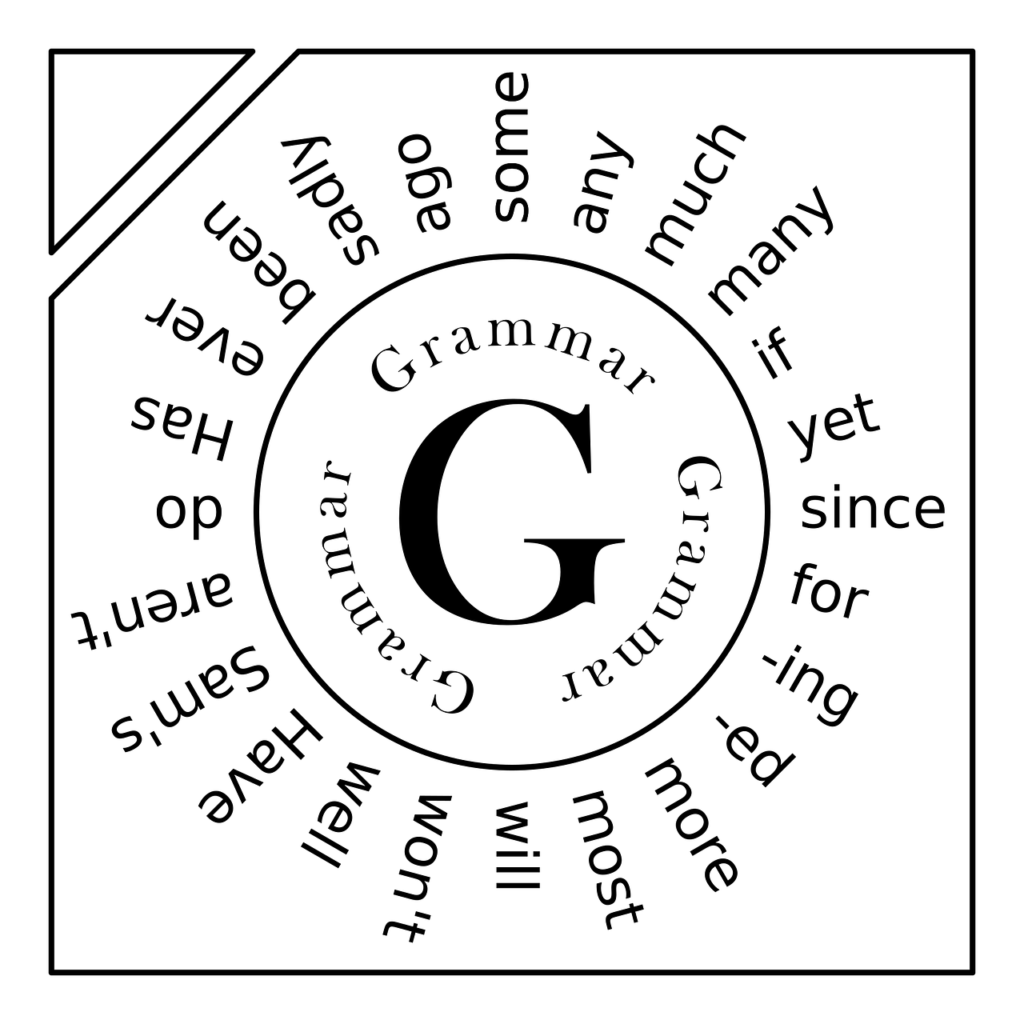The future tense is a verb form that indicates an action or event that has not yet happened, but is expected to happen in the future. For example, “I will go to the park tomorrow.” The future tense can be expressed in different ways, depending on the language and the context. Here are some common ways to form the future tense in English:
- Using will or shall followed by the base form of the verb. This is called the simple future tense. For example, “She will finish her homework by tonight.”
- Using am/is/are followed by going to and the base form of the verb. This is called the future with going to. It is often used to express a plan or intention, or to predict something based on evidence. For example, “He is going to propose to her soon.”
- Using am/is/are followed by the present participle of the verb (ending in -ing). This is called the future progressive tense. It is used to describe an action that will be in progress at a specific time in the future. For example, “They will be sleeping when we arrive.”
- Using will have or shall have followed by the past participle of the verb (usually ending in -ed). This is called the future perfect tense. It is used to describe an action that will be completed before a certain time in the future. For example, “By next week, I will have read all the books on this shelf.”
- Using will have been or shall have been followed by the present participle of the verb (ending in -ing). This is called the future perfect progressive tense. It is used to describe how long an action will have been in progress by a certain time in the future. For example, “In July next year, you will have been studying for three years.”
There are also other ways to express the future tense, such as using modal verbs (like can, may, might, etc.), present tense forms (like present simple or present progressive), or other phrases (like about to, due to, etc.).

